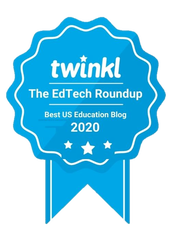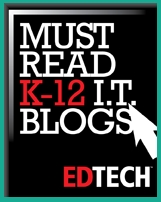
1 | Develop a Digital Presence

2 | Building Connections

Although praising the connectivity made possible via the internet may seem trite, it truly is a game-changer for educators open to capitalizing on it.
3 | Digital Texts
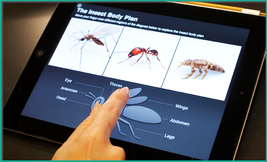
Moreover, some digital texts are starting to incorporate more interactive elements. Increased interactivity provides students with not only access to the material, but also the chance to practice and apply what they have learned.
4 | Google Apps for Education
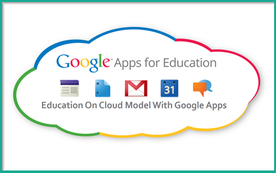
5 | Badges and Micro-Credentialing
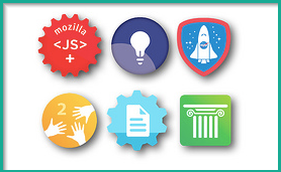
6 | Student Suggestions

Personally, I’m just beginning to wade into these waters, so any other ideas from other educators are welcome. Feel free to let me know your suggestions in the comments or you connect with me on Twitter!






